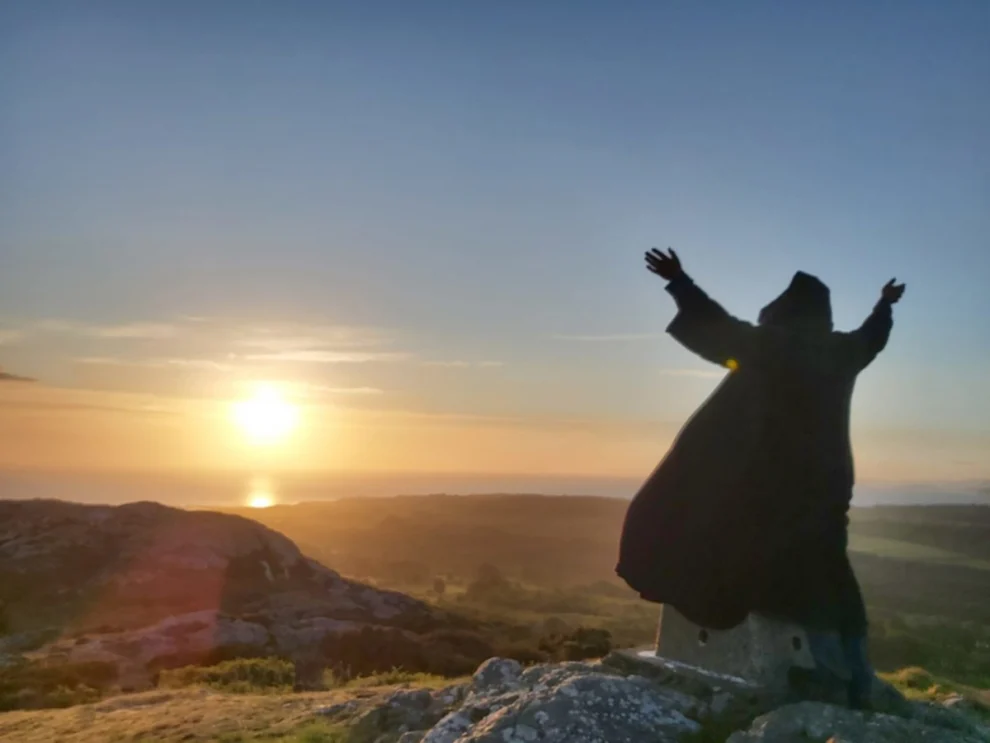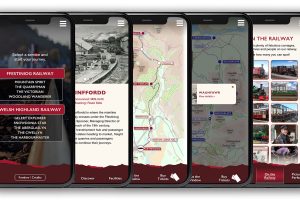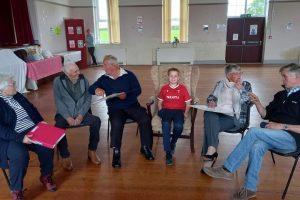DRUIDS are usually evil figures in popular culture, but a long time ago on the island of Anglesey, they were heroes.
Let’s go back nearly 2000 years to tell their story.
By the year 50AD most of southern England had fallen to the soldiers of Rome. In the wild areas of the west, however, the legions had made little progress and the Welsh tribes, the Silures and the Ordovices in the south, the Demaete in the north, kept up an almost constant guerilla campaign against the invaders.
The date is not exactly clear but in around 57AD the Roman general Suetonius Paulinus decided that enough was enough.
He led his legions out from the fortress town of Chester, heading for a final reckoning on the island of Anglesey, or Mona as it was then known.
The island was doubly significant for the defending tribesmen.
To begin with Anglesey was the sacred home of the druids, the spiritual leaders of the native people.
Many, if not most, of the druids actually lived there and were certainly on the island when Suetonius attacked.
Secondly, the island was a very handy bolt hole where tribesmen fleeing from the Roman rule – or persecution, as they saw it – could find a home and shelter.
The place was, the Romans felt, therefore a potential source of unrest. In addition, the Romans – always a superstitious people – believed that on Anglesey the druids practiced all sorts of weird and evil rituals.
Magic and soothsaying, even human sacrifice, they told themselves, were carried out on this distant island.
The Romans were hardly paragons of virtue but such beliefs were commonly held amongst the troops at this time.
And so Suetonius Paulinus set off. What happened next was described in some detail by the Roman historian Tacitus.
Tacitus was probably not present at the battle, but he was a scrupulously accurate researcher and historian, and would have used first hand accounts from men who were there, at both the campaign and the eventual battle, to lend credibility to his account.
The Romans headed steadily westwards and the tribesmen of the area, realising they could not stand against such a mass of highly trained and well-equipped soldiers, simply slipped away into the hills.
They might have made the occasional foray against isolated units of the advancing army but, other than that, there was little opposition.
Eventually Suetonius Paulinus and his legions reached the shores of the Menai Straits.
Knowing that the time had come to make a final stand, the tribesmen and their priests gathered on the opposite shore of the island.
Tacitus gave the following description: “On the shore stood the forces of the enemy, a dense array of arms and men, with women dashing through the ranks like the furies — The druids pouring forth dire imprecations with their hands uplifted towards the heavens, struck terror into the soldiers.”
The druids, the supposedly human-sacrificing enemy priests, struck a chill in everyone’s hearts, but it was the appearance of the women, wild haired and all bearing torches, that most frightened the legionaries.
They were not used to facing such an enemy.
Such fear did not last long.
Urged on by their officers, the Roman cavalrymen swam their horses across the Straits while the infantry made the crossing in small, flat-bottomed boats.
And when they reached the Anglesey side, their blood-lust knew no bounds.
Tacitus simply said: “They bore down upon them, smote all who opposed them to the earth and wrapped them in the flames they had themselves kindled.”
What happened was a massacre. Men, women and children – armed and unarmed, young and old – fell under the swords of the Romans.
The bodies of the dead and dying were unceremoniously hurled onto makeshift funeral pyres. Suetonius and his soldiers then roamed across the island, destroying the druids sacred oak groves, smashing their altars and temples and killing anyone they could find.
The Roman general next proceeded to establish a garrison on Anglesey, a military fortress that kept the native tribes in total subjugation.
Rebellion in other parts of Britain soon took Suetonius away from the western lands and it was another 20 years before Wales was totally conquered.
Yet by his actions on Anglesey, Suetonius Paulinus smashed the heart out of Welsh resistance and with the demise of the druids the people of Britain had lost their spiritual driving force.
The story of the massacre of the druids and their defending tribesmen is one of barbarity and outright cruelty.
Gwynedd Archaeological Trust and Coflein, the National Monuments Record of Wales, provide information about the archaeological finds in Anglesey.
A number of archaeological finds from Anglesey have been connected to the Roman occupation of the island, and provide evidence for the Roman presence in Anglesey.
These sites provide an understanding of how the Roman invasions of the island impacted life on Anglesey and demonstrate Roman control of the island.
The Cemlyn Cropmark is the first military site to be found on the island from this time period, constructed around the time of the second invasion in 77CE. The cropmark was first discovered in 1990 when an aerial photographer captured an image of the landscape during drought conditions.
In 2015 David Hopewell and John Burman performed a geophysical survey of the cropmark, and this revealed characteristics of a typical Roman fortlet.
Two coins were found at the site one from Nerva’s reign and one from Hadrian’s supporting the dating of the fortlet to post-invasion consolidation.
The fortlet overlooks Cemlyn Bay, a good landing place on the north-coast of the island, and would have most likely served as a guide for landing seacraft as well as a policing station for those wanting access to Anglesey.
The fortlet also lies on a major shipping route.
The settlement at Tai Cochion sits close to the Menai Straits across from Segontium (the auxiliary fort that oversaw the island). There is evidence of a complex settlement and excavation of one of the buildings revealed what appears to be a basic Roman corridor house.
Considering the settlements closeness to Segontium it was most likely established as a trading point after the political and military situation settled down after the second invasion.
Tai Cochion has characteristics similar to other ‘Romanized’ settlements in England and would have most likely had a large civilian population.
Hopewell explains that “Roman customs and building styles were not adopted by the majority of the population,” and claims many in Wales would have lived in mutual indifference of the Romans.
Tai Cochion reveals clear signs that it was a Roman-style settlement but as of now there is not enough evidence to determine whether it was an outgrowth of Segontium or an unrecognized product of ‘Romanization’.
Pen Bryn-yr-Eglwys is a low lying mountain with traces of a building on the top.
Excavations of the site done in 2012 suggest that this building might be a Roman watchtower, which suggests a Roman naval presence on the north-west side of the island.
The archaeological remains consist of a square platform measuring 9m by 7m stands on the highest point, and has traditionally been assumed to be remains of a chapel.
However, the positioning of the platform, its small size, and the excavation of a similar site on Holyhead strongly suggests Pen Bryn-yr-Eglwys was a Roman watchtower. These three sites demonstrate the importance of maritime transport and coastline control to the Roman occupation of Anglesey.
The Cemlyn fortlet, probably built shortly after Agricola’s invasion, would have served as a point of control and navigational aid for incoming ships, provided protection from possible incursion most likely from the Irish, and would have been able to exert control over trade.
Hopewell notes that there has been a possible second fortlet on the eastern end of the north coast of the island.
The watchtower could have served as a naval lookout or an early warning system and the Tai Cochion settlement located on the coast of the Menai Straits would have been important for trade between the island and mainland Wales.


















Add Comment